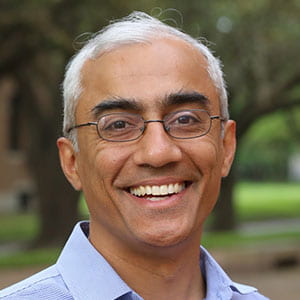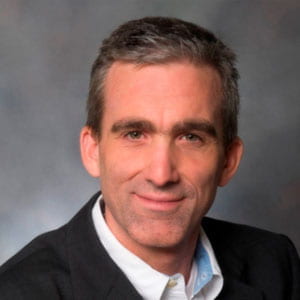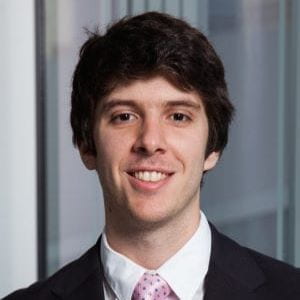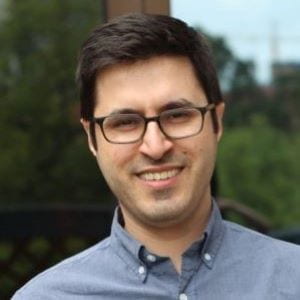Community Testbeds & Platforms

ASTRO
The ASTRO project advances technology to build a platform for autonomous data-driven mobile sensing via networked drones. We target proof-of-concept demonstrations for a diverse set of unprecedented sensing capabilities including (i) high-resolution distributed mobile laser-spectroscopy gas sensing to identify, localize, and track health and environmental hazards in real-time and (ii) automated mobile radio-frequency spectrum analysis and usage via distributed diverse-spectrum virtual arrays.
The main objective of ASTRO is to realize high-resolution pollution sensing by exploiting the ability of our drones platform to dynamically move sensors in 3-D according to real-time measurements. We mainly target the detection, tracking, and modelling of high VOC concentration levels following extreme events.
RENEW
The RENEW project will develop world’s first fully programmable and observable wireless radio network. With RENEW, wireless research and development community will be able to test diverse ideas and concepts, ranging from low-level hardware to all the way to novel applications. The project will support many firsts, like
- Programmable wide-band radios, including 5G bands of 2.5 and 3.5 GHz
- Large-scale MIMO, including massive MIMO
- Novel PHY and network stacks, including 5G-like and WiFi-like protocol stacks
- Observable at all layers of the protocol stack
- Use of distributed computational resources throughout the infrastructure
TFA
The Technology For All (TFA) Wireless project advances technology to address the unique needs of underserved communities and developing regions by developing:
-
New wireless network architectures, systems, and algorithms that enable high-performance ultra-low cost wireless access.
-
Health sensing applications that exploit low cost sensing and communication in order to address care of chronic diseases.
-
Mobile computing platforms that address the usability needs of underserved communities.
- Real-time environmental sensing using laser spectroscopy to empower community members with actionable high resolution information on hazards
ARGOS
The capacity of traditional single-user wireless systems is exclusively limited by the available spectrum and transmission power. Recent developments in information theory, however, have shown that such capacity limitations can be overcome by improving the spatial reuse efficiency through multi-user multiple-input multiple-output (MU-MIMO) technology, or its special form called multi-user beamforming (MUBF). With MUBF, a base station employs multiple antennas to simultaneously send independent data streams to multiple users, tremendously increasing the aggregated network capacity.
As MUBF theory dictates, the more antennas a base station has, the more users it can serve simultaneously. Encouragingly, this means that with enough base station antennas, the network capacity can be scalably grow to accomodate more users. This naturally motivates us to put as many antennas as possible on the base station to meet the increasing capacity demand from more and more users. However, to practically implement MUBF theory and realize its capacity benefit, one must address a set of challenges.
In the Argos project we develop new techniques that enable hundreds of antennas to be deployed on base stations, resulting in enormous network capacity gains. We use the WARP platform to build the first real-world prototype of a many-antenna MUBF base station and experimentally evaluate its performance. Our research demonstrates the feasibility of many-antenna base stations, and is designed to motivate industry adoption of this promising technology in the near future.
WARP
The Wireless Open-Access Research Platform (WARP) is a scalable and extensible programmable wireless platform, built from the ground up to prototype advanced wireless networks.
WARP combines high-performance programmable hardware with an open-source repository of reference designs and support materials. The WARP Project was founded in 2006 by Prof. Ashu Sabharwal at Rice University. The project has since grown into a self-sustaining open-source effort with users around the world. MangoCommunications spun off from the Rice WARP Project in 2008 with the initial goal of manufacturing and distributing the Rice WARP hardware. In 2012 Mango released the entirely re-designed WARP Version 3 hardware, and then in 2013 a standards-compliant 802.11g network stack. See the WARP website for more information on use in research and education.
Associated Faculty

Dr. Ashutosh Sabharwal

Dr. Joseph R. Cavallaro

Dr. Edward Knightly

Dr. Santiago Segarra

Dr. Yingyan Lin
